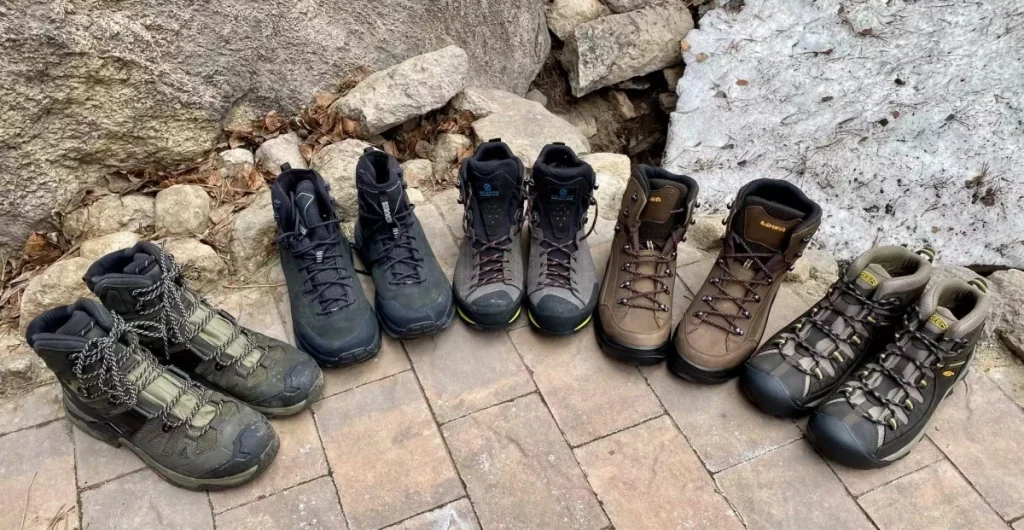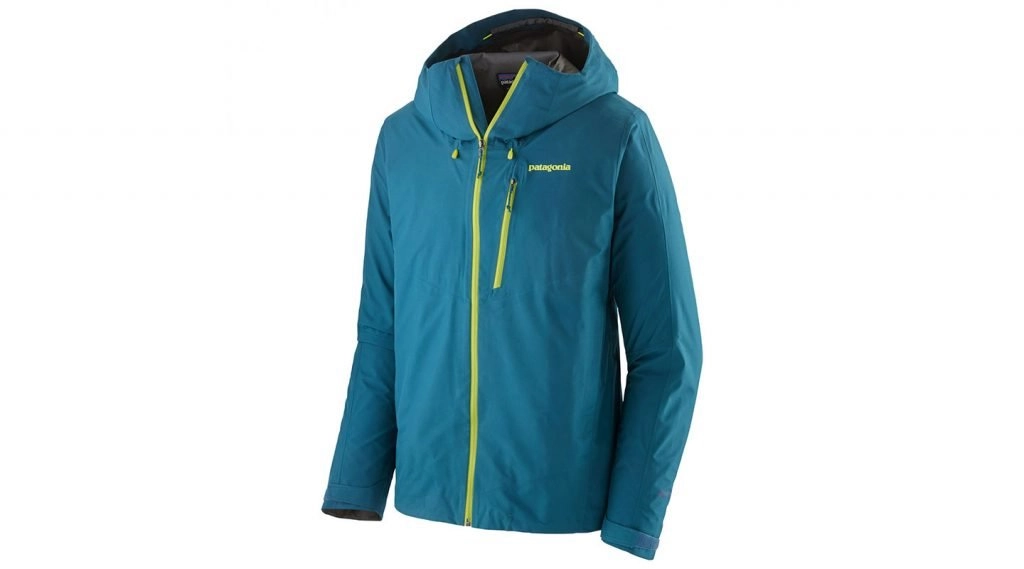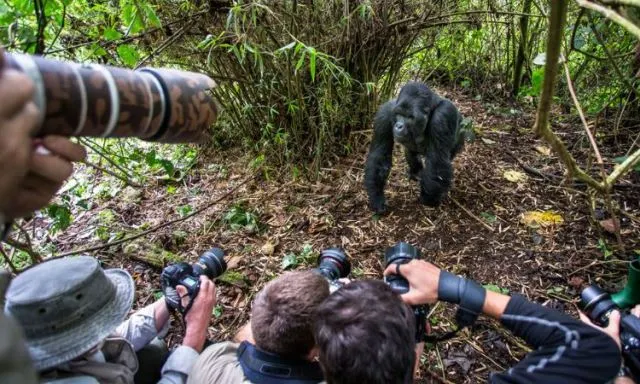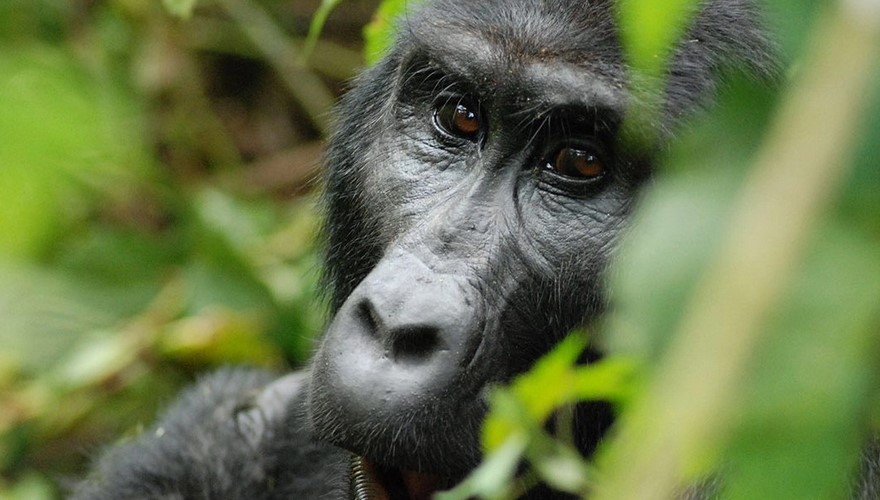Essential Clothing and Gear for Your Gorilla Trekking Adventure in Uganda

Essential Clothing and Gear for Your Gorilla Trekking Adventure in Uganda
Essential Clothing and Gear for Your Gorilla Trekking Adventure in Uganda : Planning a gorilla trekking tour in Africa? One of the most common questions travelers have is about the appropriate clothing for such an adventure. Mountain gorillas inhabit remote and mountainous regions, characterized by dense forests and rugged terrains. As such, choosing the right clothing can significantly enhance your experience, ensuring comfort, safety, and respect for the wildlife. Here’s everything you need to know about packing for your gorilla safari in Uganda.
The Importance of Proper Clothing
Gorilla trekking typically begins early in the morning, around 8:00 AM, due to the unpredictable weather conditions in the mountains. Temperatures can vary, and rain can fall at any time, particularly in areas like Bwindi Impenetrable Forest, which is known for its tropical climate. Therefore, it’s crucial to pack clothing that is comfortable, warm, and waterproof. Here are the essential items you should consider bringing along:
- Trekking Boots
Investing in a good pair of lightweight hiking boots is essential. The terrain can be steep and uneven, making sturdy footwear critical for both comfort and safety. Ensure your boots are broken in before the trek to avoid blisters and discomfort. Waterproof boots are a bonus, as they help keep your feet dry in wet conditions.

- Dull-Colored Clothing
When choosing your attire, opt for dull-colored clothing like khaki, army green, or browns that blend seamlessly with the natural environment. Avoid bright colors, which can disturb the tranquility of the gorilla family and may also attract attention from the wildlife. Additionally, light-colored clothing, such as whites, can show dirt easily due to the dusty roads in Uganda.
- Rain Jacket
A waterproof and windproof rain jacket is a must-have. Look for one with a hood to protect your head from rain or sun exposure. Given the rainforest’s microclimate, rain can occur unexpectedly, so being prepared is crucial. Make sure the jacket is breathable to keep you comfortable during the trek.

- Long Trousers
Long trousers are essential for protecting your legs from scratches, insect bites, and other potential hazards in the forest. Tuck your trousers into your hiking boots to prevent insects from crawling inside. Opt for lightweight, waterproof options that can withstand the damp forest floor. Khaki and jean trousers are recommended choices.
- Hat and Sunglasses
A wide-brimmed hat can provide shade and protection from the sun, while sunglasses help shield your eyes from UV rays. This is especially important during the hotter months when the sun can be intense.
- Garden Gloves
The forest floor can sometimes be slippery, and you may need to use your hands for support. Carrying garden gloves will protect your hands from prickly plants and germs. They can also provide extra grip when navigating tricky terrains.
Additional Gear for Gorilla Trekking
While clothing is critical, there are other essential items to consider packing for your gorilla trekking adventure:
- Camera and Extra Batteries
You’ll want to capture the unforgettable moments of your trek, so bring along a camera with extra batteries. When photographing the gorillas, remember to turn off the flash to avoid startling them.

- Energy-Giving Snacks
Gorilla trekking can be a physically demanding activity, often lasting several hours. Pack energy-giving snacks like nuts, granola bars, or dried fruit to replenish your energy during breaks. You can ask your hotel in Uganda to prepare some snacks for you before your trek.
- Binoculars
While the focus is on gorillas, Uganda’s diverse wildlife offers much more to see. Carrying binoculars allows you to spot birds, such as the 350+ species in Bwindi Impenetrable National Park, and observe distant wildlife without disturbing them.
- Porters
Consider hiring a porter to assist you during the trek. While this is optional, it can be incredibly helpful, especially if you have heavier gear or require a little extra support. Hiring porters also contributes to the local community, providing them with income.
- Personal Toiletries and First Aid Kit
Don’t forget to pack essential toiletries and a first aid kit containing items such as antiseptic cream, plasters, and prescribed medications. It’s also wise to include hydration sachets and moist towels for comfort.
- Important Documents
Lastly, ensure you have all your travel documents in order. This includes your passport, travel insurance details, vaccination records, and contact information for your next of kin. Keeping a notebook handy can also be useful for jotting down memorable experiences or information during your trip.
Conclusion
Packing the right clothing and gear is essential for an enjoyable and successful gorilla trekking experience in Uganda. The combination of comfort, practicality, and respect for the environment will enhance your adventure, allowing you to focus on the breathtaking experience of encountering mountain gorillas in their natural habitat.
If you need assistance planning your gorilla safari or have questions about what to pack, don’t hesitate to reach out to Jeisking Tours at gorillaugandasafaribookings@gmail.com. We’re here to help you create the adventure of a lifetime!



